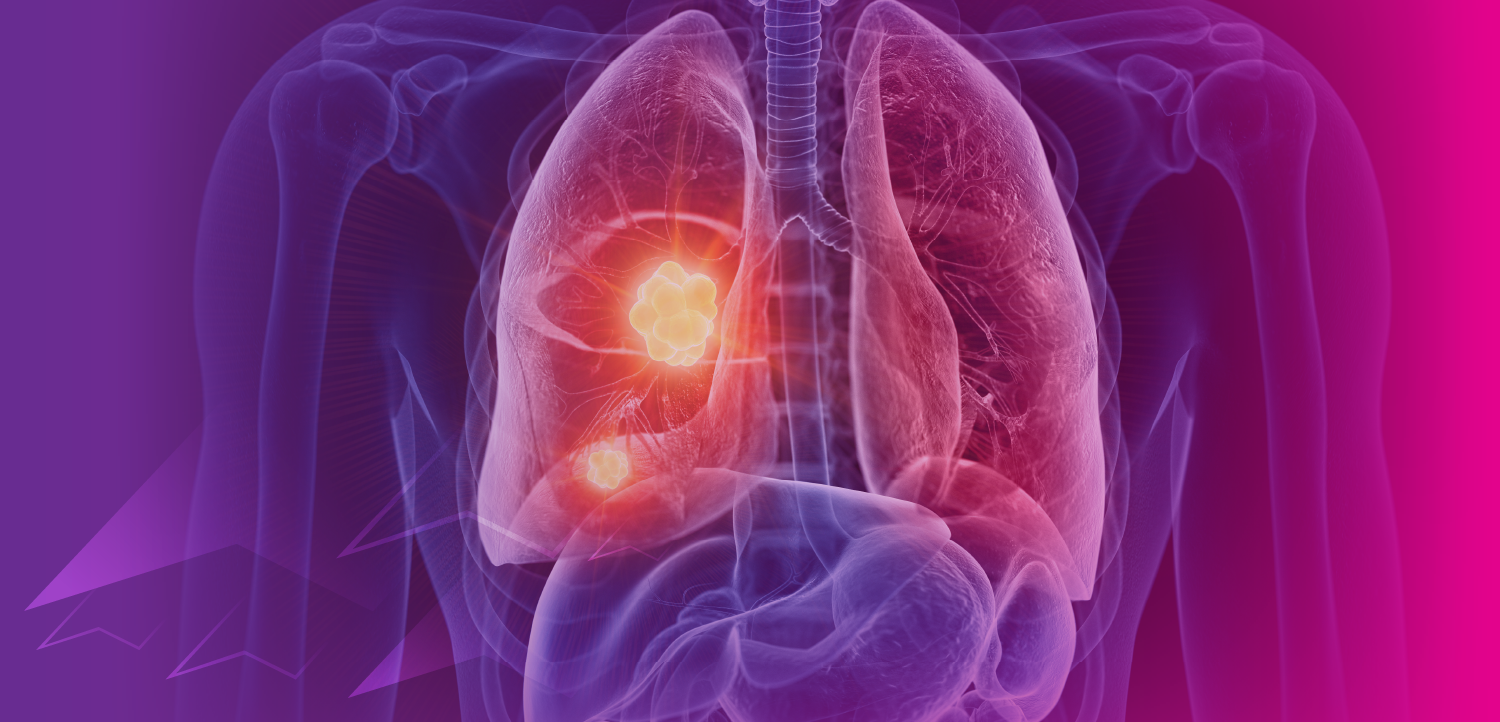Autosomal Dominant Polycystic Kidney Disease
Case History: 45-year-old female with vague pain in the abdomen.
Case History: A 45-year-old female presented with vague pain in the abdomen. A USG was ordered, which revealed that both kidneys were enlarged and had innumerable cysts with minimal intervening parenchyma (Figure 1A and 1B). An ill-defined hyperechoic area with posterior acoustic shadowing was seen in the left kidney. The ureters and bladder were normal. A few similar cysts were also seen in the liver (Figure 2). The findings were confirmed on a plain CT scan which revealed bilateral nephromegaly and cysts in both kidneys and the liver. Multiple calculi were also seen in the in the left kidney (Figures 3-5). No cysts were identified in the pancreas and spleen. Features were suggestive of autosomal dominant polycystic kidney disease.
[[{"type":"media","view_mode":"media_crop","fid":"25517","attributes":{"alt":"","class":"media-image","id":"media_crop_5119896252232","media_crop_h":"0","media_crop_image_style":"-1","media_crop_instance":"2334","media_crop_rotate":"0","media_crop_scale_h":"0","media_crop_scale_w":"0","media_crop_w":"0","media_crop_x":"0","media_crop_y":"0","title":" ","typeof":"foaf:Image"}}]]
Figure 1 A and B. Ultrasound image shows that the right and left kidney are enlarged in size and have innumerable cysts. No definite renal parenchyma is identified. Ill-defined shadowing is seen in the left kidney.
[[{"type":"media","view_mode":"media_crop","fid":"25518","attributes":{"alt":"","class":"media-image","id":"media_crop_9174204418212","media_crop_h":"0","media_crop_image_style":"-1","media_crop_instance":"2335","media_crop_rotate":"0","media_crop_scale_h":"0","media_crop_scale_w":"0","media_crop_w":"0","media_crop_x":"0","media_crop_y":"0","title":" ","typeof":"foaf:Image"}}]]
Figure 2. Ultrasound of the liver shows cysts in the liver.
[[{"type":"media","view_mode":"media_crop","fid":"25519","attributes":{"alt":"","class":"media-image","id":"media_crop_8452521946451","media_crop_h":"0","media_crop_image_style":"-1","media_crop_instance":"2336","media_crop_rotate":"0","media_crop_scale_h":"0","media_crop_scale_w":"0","media_crop_w":"0","media_crop_x":"0","media_crop_y":"0","title":" ","typeof":"foaf:Image"}}]]
Figure 3. Non-contrast CT scan axial sections reveal multiple cysts in the liver and kidney. Multiple calculi are also noted at the lower pole of the left kidney.
[[{"type":"media","view_mode":"media_crop","fid":"25520","attributes":{"alt":"","class":"media-image","id":"media_crop_538487355081","media_crop_h":"0","media_crop_image_style":"-1","media_crop_instance":"2337","media_crop_rotate":"0","media_crop_scale_h":"0","media_crop_scale_w":"0","media_crop_w":"0","media_crop_x":"0","media_crop_y":"0","title":" ","typeof":"foaf:Image"}}]]
Figure 4. Non-contrast CT scan axial sections reveal multiple cysts in the liver and kidney. Multiple calculi are also noted at the lower pole of the left kidney.
[[{"type":"media","view_mode":"media_crop","fid":"25521","attributes":{"alt":"","class":"media-image","id":"media_crop_1119125596704","media_crop_h":"0","media_crop_image_style":"-1","media_crop_instance":"2338","media_crop_rotate":"0","media_crop_scale_h":"0","media_crop_scale_w":"0","media_crop_w":"0","media_crop_x":"0","media_crop_y":"0","title":" ","typeof":"foaf:Image"}}]]
Figure 5. Non-contrast CT scan axial sections reveal multiple cysts in the liver and kidney. Multiple calculi are also noted at the lower pole of the left kidney.
Diagnosis: Autosomal dominant polycystic kidney disease
Incidence
- 1 in 400-1,000 persons in U.S.
- M:F- 1:1
- Presents late in life: 30-50 years (as compared to ARPKD which presents in early childhood)
- Presentation
- Asymptomatic
- Flank pain
- Rarely hypertension and renal failure
Inheritance
- Autosomal dominant (90 percent); spontaneous mutations (10 percent)
- Chromosomes: 16 and 4
Associated abnormalities:
- Non cystic
- Cerebral berry aneurysms
- Intracranial dolichoectasia: hypertension: up to 80 percent adults
- Colonic diverticulosis
- Hernias
- Bicuspid aortic valve
- Mitral valve prolapse
- Aortic dissection
- Cystic
- Liver: most common, 75 percent by age 60
- Ovaries
- Spleen
- Seminal vesicles
- Prostate
- Pancreas
Imaging
IVP
- Plain film
- Increased renal size with curvillinear wall calcification
- Renal calculi
- "Swiss cheese" pattern: smoothly marginated radiolucencies in cortex and medulla seen on nephrographic phase
- Smooth, bosselated renal contour
- Normal or effaced collecting system
USG
- Investigation of choice
- Shows increased renal size, innumerable cysts in both kidneys
- Simple cysts will have anechoic walls with posterior acoustic enhancement
- Hemorrhagic cysts show echogenic material devoid of blood flow
CT
CT will also confirm the presence of cysts in other organs.
MR Findings
- T1: Hypointense
- T2: Hyperintense
- Post contrast: no contrast enhancement in simple cysts
Differentials for Multiple Cysts
- Multiple simple cysts:
- Usually older presentation
- No nephromegaly
- Fewer cysts
No family history of renal cystic disease
- Cysts are not found in other organs
- Von Hippel-Lindau disease
- Multiple renal and pancreatic cysts, pheochromocytomas, and frequently multiple and bilateral RCCs
- Associated lesions include retinal angiomas and cerebellar hemangioblastomas
- Cysts are less numerous
- Pancreatic cysts are more common
- Tuberous sclerosis
- Multiple renal cysts and multiple fat containing angiomyolipoma
- Cutaneous, retinal and cerebral hamartomas are associated
- Acquired uremic cystic kidney disease
- Development of multiple cysts in the native kidneys of patients on long-term hemodialysis
- Affected kidneys are usually small, reflecting the chronic renal disease
- Cysts are predominantly cortical and rarely exceed 2cm
References
1. Weerakkody Y, Gilliard. Autosomal dominant polycystic kidney disease.
2. Federle M, Jeffrey R, Desser T, Anne V, Eraso A, et al. Diagnostic Imaging: Abdomen, 1st edition. Salt Lake City, UT: Amirsys; 2004.
3. Brant W, Helms C. Fundamentals of Diagnostic Radiology. 3rd Edition. Philadelphia: Lippincott Williams and Wilkins; 2005. Chapter 33, Adrenal Glands and Kidneys.
Newsletter
Stay at the forefront of radiology with the Diagnostic Imaging newsletter, delivering the latest news, clinical insights, and imaging advancements for today’s radiologists.





























